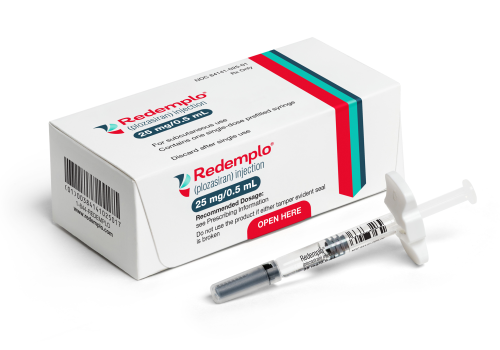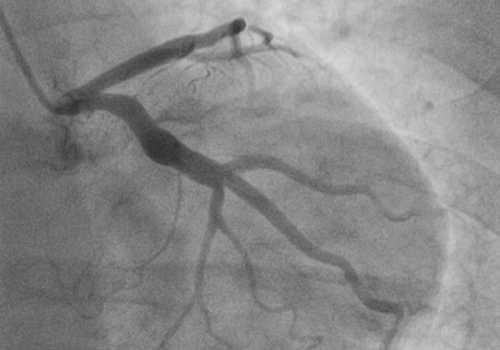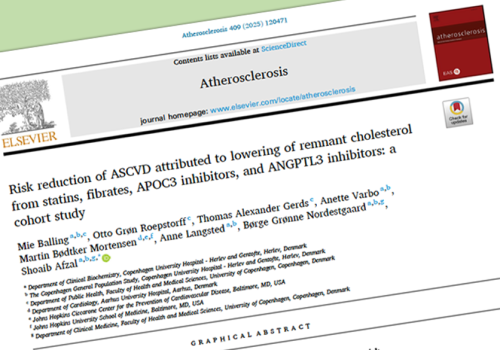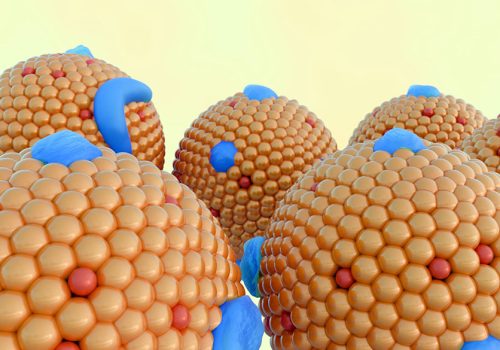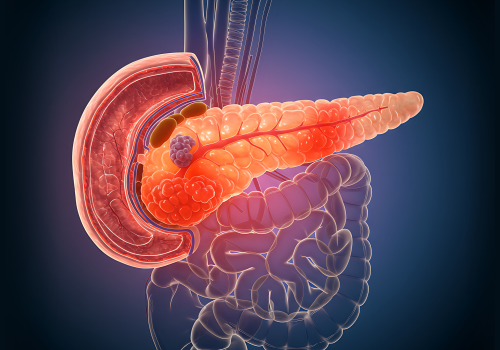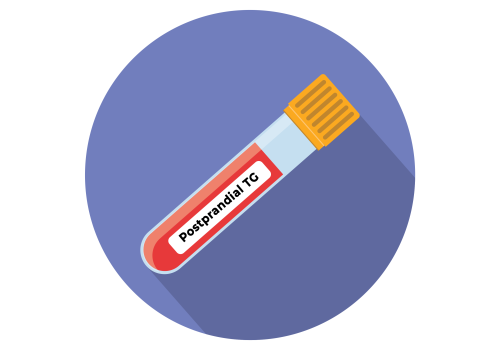The US Food and Drug Administration (FDA) has approved Redemplo (plozasiran) as an adjunct to diet to reduce triglycerides in adults with familial chylomicronaemia syndrome (FCS). The apoC3 siRNA will be available in the USA before the end of the year.
APOC3 gene-silencing agents predicted to reduce heart disease risk by 25%
Novel APOC3 gene-silencing agents currently in development could reduce coronary heart disease (CHD) risk by approximately 25% during a 5-year outcomes trial. This conclusion is based on results from a polygenic score (PGS)-based model to investigate if the degree of triglyceride rich lipoprotein (TRL)/remnant reduction seen with APOC3 gene-silencing would lead to a meaningful reduction […]
Growing support for benefits of remnant reduction
Reducing remnant cholesterol (RC) levels by at least 50% in individuals with levels >1 mmol/L (39 mg/dL) may have substantial benefits in reducing their risk of atherosclerotic cardiovascular disease (ASCVD).
Tryngolza (olezarsen) receives EU approval for FCS treatment
The European Commission has approved Tryngolza (olezarsen) for use in the European Union (EU) as an adjunct to diet in adult patients with genetically confirmed familial chylomicronaemia syndrome (FCS). The approval is based on positive data from the Phase 3 Balance study, in which olezarsen 80 mg significantly reduced fasting TG levels at six months, and was associated with a reduction in acute pancreatitis at week 53.
Topline CORE and CORE2 data show 85% pancreatitis reduction with olezarsen
Topline olezarsen data from the Phase 3 CORE and CORE2 trials in patients with severe hypertriglyceridaemia (sHTG) show significant placebo-adjusted mean reductions in fasting TG of up to 72% at six months, and a pre-specified analysis of pooled data from olezarsen and placebo groups in both studies show a statistically significant reduction in acute pancreatitis events of 85% (p=0.0002) at 12 months.
New clues to link between postprandial plasma TG and CV and T2D risk
Biochemical and genomic results from a study of 21 healthy, non-obese individuals aged 18-40 years have shown that those with high post-prandial TG (HPTG) five hours after a high fat meal had significantly higher levels of plasma insulin and lipopolysaccharide-binding protein (LPB) than those with low post-prandial TG (LPTG), potentially putting them at higher risk of cardiovascular disease (CVD) and type 2 diabetes (T2D).


